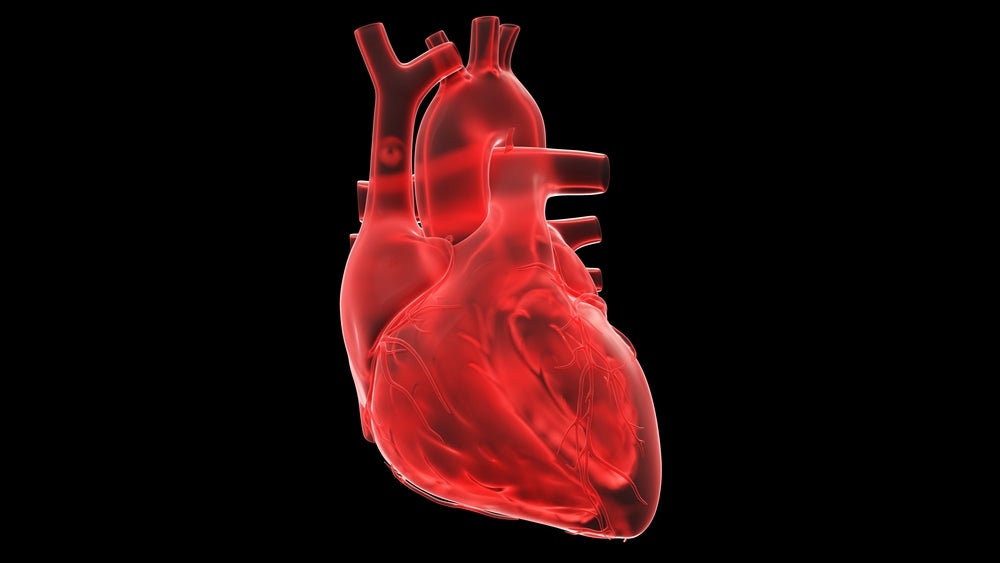Transcatheter surgical techniques refer to minimally invasive procedures performed using catheters and other specialised equipment inserted through blood vessels.
Advances in this approach make it an attractive option for patients and practitioners as the technique has fewer associated risks and allows for faster recovery times relative to conventional surgeries. T
Transseptal access techniques play a crucial role in various transcatheter surgeries involving interventions in the left side of the heart.
The structure of the heart makes access to the left atrium difficult.
While the right atrium is directly accessible using a transfemoral approach, accessing the left atrium would require crossing both the aortic and mitral valves.
In practice, this would introduce unnecessary complexity and increase the risk of complications.
As a result, the seemingly drastic measure of puncturing the septum between the atria has been demonstrated to have better outcomes.
This access to the left atrium can be achieved using either a needle designed to mechanically puncture such as Abbott’s BRK Transseptal Needle, or using radiofrequency energy to make entry such as Bayliss’ NRG Transseptal Needle.
The location for crossing the septum depends on the procedure being used in order to allow for the best angle to the desired target.
Some procedures that rely on this technique include atrial fibrillation ablation, left atrial appendage closure, percutaneous balloon mitral valvuloplasty, and mitral valve repair.
Transseptal access techniques are essential for performing a wide range of transcatheter surgeries, enabling minimally invasive interventions in the left side of the heart with improved safety and efficacy.
These techniques have revolutionised the field of interventional cardiology, offering alternatives to traditional open-heart surgery and benefiting patients with various cardiac conditions.
















